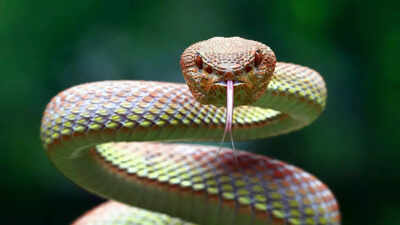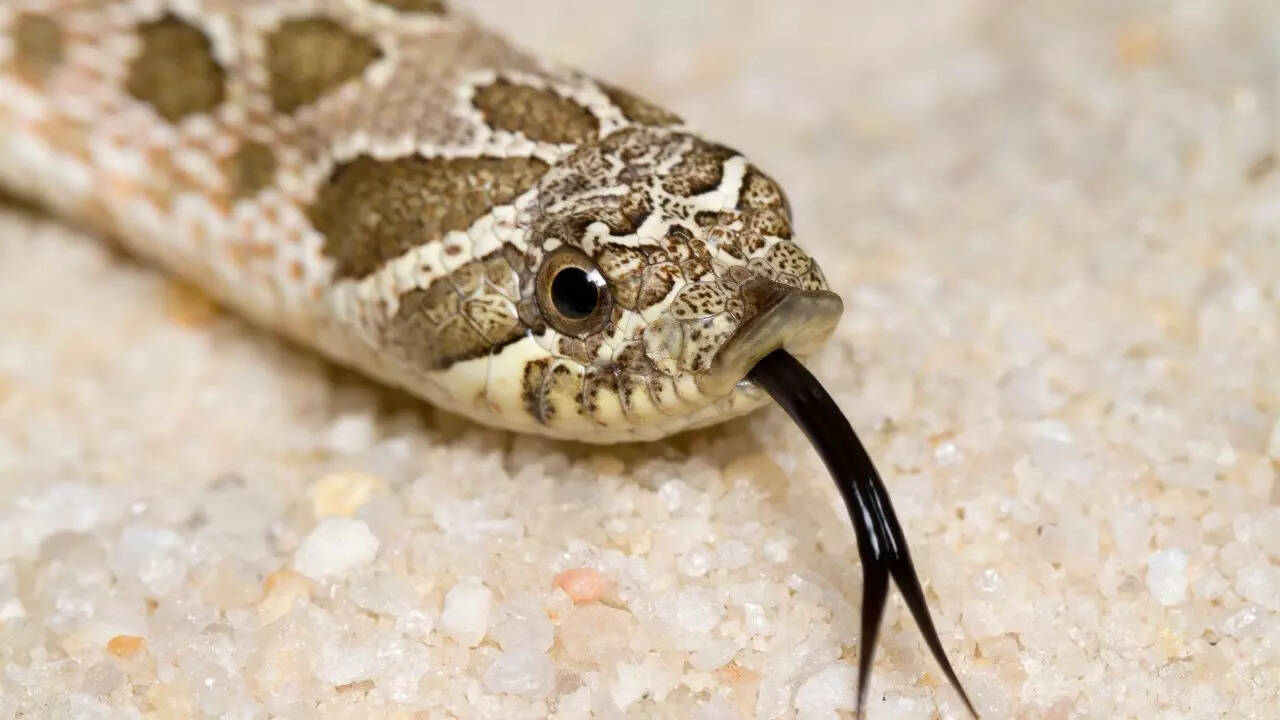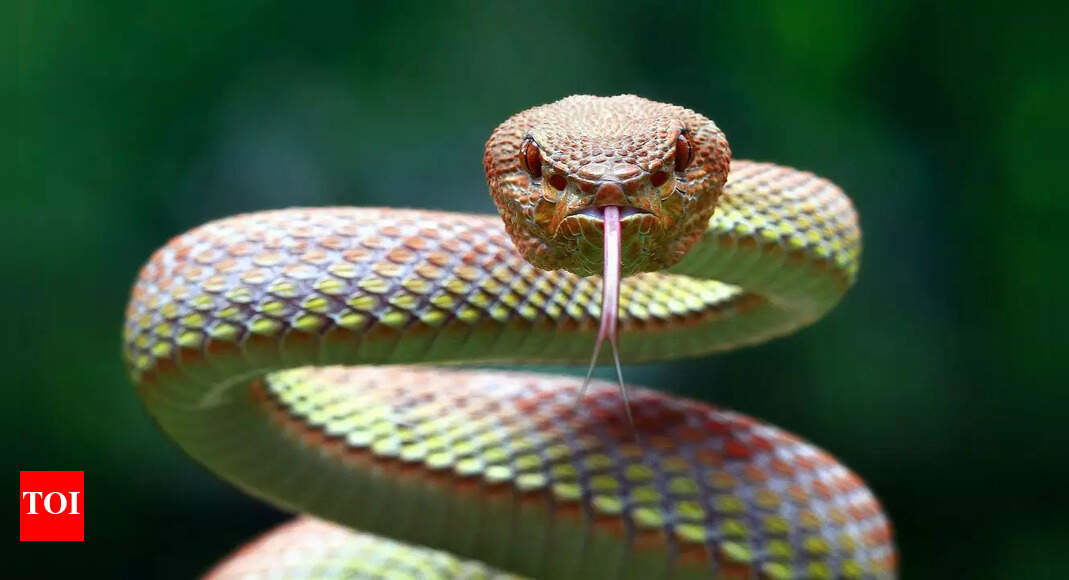 Understanding the behaviour of snakes can be both intriguing and challenging, particularly for those new to herpetology or keeping these reptiles as pets. Among their many unique traits, one behaviour stands out: the frequent flicking of their tongues. While it may appear curious or even whimsical, this action serves a vital sensory function that is essential to a snake’s survival. Unlike humans, snakes rely less on sight or hearing and more on chemical cues to interpret their environment, locate prey, identify potential mates, and navigate unfamiliar surroundings. Exploring the mechanisms behind tongue flicking and the role of the forked tongue provides valuable insight into the sophisticated sensory world of snakes, enhancing our understanding of their behaviour and improving care for these remarkable reptiles.
Understanding the behaviour of snakes can be both intriguing and challenging, particularly for those new to herpetology or keeping these reptiles as pets. Among their many unique traits, one behaviour stands out: the frequent flicking of their tongues. While it may appear curious or even whimsical, this action serves a vital sensory function that is essential to a snake’s survival. Unlike humans, snakes rely less on sight or hearing and more on chemical cues to interpret their environment, locate prey, identify potential mates, and navigate unfamiliar surroundings. Exploring the mechanisms behind tongue flicking and the role of the forked tongue provides valuable insight into the sophisticated sensory world of snakes, enhancing our understanding of their behaviour and improving care for these remarkable reptiles.
Why do snakes stick their tongues out
Unlike humans, snakes rely heavily on their sense of smell rather than sight or hearing. Many species have relatively poor vision and lack external ears, meaning they “hear” vibrations rather than sounds. To compensate, snakes use their forked tongues as a powerful sensory tool. When a snake flicks its tongue, it collects tiny chemical particles from the air or ground. These particles are then delivered to a specialised structure called Jacobson’s organ, also known as the vomeronasal organ. This extraordinary adaptation allows snakes to detect prey, identify potential mates, sense predators, and navigate their environment with remarkable precision even in complete darkness.This organ processes the chemical information and sends it to the brain as electrical signals. By repeatedly flicking their tongues, snakes can gather detailed data about their environment, including the presence of prey, predators, or potential mates. Tongue flicking also creates small air vortices that allow it to sample a larger area than a stationary tongue would permit.
The role of a forked tongue in chemical sensing and mating behaviour
The forked shape of a snake’s tongue is not just a curious feature; it has an important functional purpose. A forked tongue allows a snake to detect chemical cues from two slightly different locations at the same time. This ability lets snakes create a “chemical gradient”, which helps them navigate and track scents in their environment, allowing them to determine not only what the scent is, but also the direction and distance from which it originates, an essential skill for hunting and avoiding threats.Modern studies show that forked tongues are particularly important for mating, as males typically have longer, more deeply forked tongues than females. According to a study published in Science the forked tongue of snakes allows simultaneous sampling of chemical cues from two locations, enabling them to track prey, locate mates, and navigate their environment efficiently. By comparing chemical information from each side of their tongue, snakes can follow trails left by potential partners or prey, adjusting their movements in real time to stay on track.
How snakes use their tongues to explore, hunt, and find mates
Snakes use their tongues to smell for several reasons, and pet owners can observe these behaviours in everyday interactions:Feeding: Around mealtime, snakes will flick their tongues more frequently, especially if prey is nearby. In the wild, snakes rely on this method to track prey via scent trails. Even in captivity, this instinctive behaviour remains strong.Mating: Male snakes often use tongue flicking to locate potential mates, detecting chemical signals left by females. This behaviour is a normal part of snake courtship and reproduction.Exploration and recognition: Snakes may also use their tongues to “smell” you or other objects in their environment. This is a way of assessing potential threats or familiarising themselves with new surroundings. Over time, pet snakes learn to associate your scent with safety, food, or interaction rather than danger.Observing a snake flick its tongue provides insight into its world. This small, forked organ is essential for detecting prey, mates, and environmental cues, compensating for the sensory limitations snakes face. By understanding why snakes flick their tongues, owners can better interpret their behaviour and create environments that cater to their instincts.Whether you’re fascinated by herpetology or simply curious about your pet, recognising the role of the tongue in a snake’s daily life adds depth to your understanding of these unique reptiles. Next time your snake flicks its tongue, you’ll know it’s not random; she’s actively exploring her surroundings, tracking scents, and engaging with the world in a way only a snake can.Also Read: Why elephants never forget: The science behind their extraordinary long-term memory

